The 11 best gardening tools, according to expert gardeners
Content is created by CNN Underscored’s team of editors who work independently from the CNN newsroom. When you buy through links on our site, CNN and its syndication partners may earn a commission. Learn more
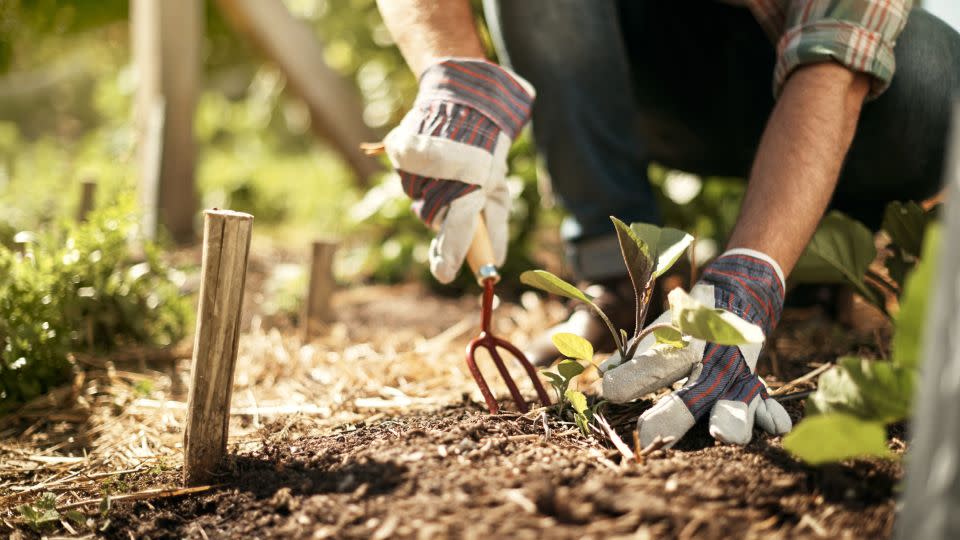
Gardening can be one of the most therapeutic ways to spend a sunny spring or summer day, but in order to succeed, you need the right gardening tools. “Selecting the right tools is like choosing the right friends for a road trip,” says Teri Valenzuela, gardening expert and natural science manager at Sunday. “They make the journey smoother, the work lighter and the experience more enjoyable.”
We tapped three expert gardeners to help you find all the must-have gardening essentials and answer some of your pressing questions about tools. For a garden that operates like a well-oiled machine, here’s exactly what you need to know about curating the perfect gardening toolkit.
Best gardening tools
“There are lots of tools on the market and many that help make gardening easier or more enjoyable,” says Melinda Myers, horticulturist, certified arborist and host of “How to Grow Anything”. “Matching the tools to what you want to grow can help you focus your budget on those that will help you the most.”
Felco 2 Hand Pruner

“Choose pruners made for the job you’re looking to complete,” says Valenzuela. “If you’re cutting woody plants, get a large pruner meant for sturdier stems. If you’re cutting more delicate stems, opt for something smaller that cuts with one hand.”
Niki Jabbour, gardening expert at Savvy Gardening, says these are her favorite hand pruners, which boast an ergonomic grip and rubber shock absorbers for comfortable extended use, a reinforced anvil blade for a smooth cut and a sap groove to prevent sticking and promote gardening efficiency.
Fiskars 5/8-Inch Bypass Pruning Shears
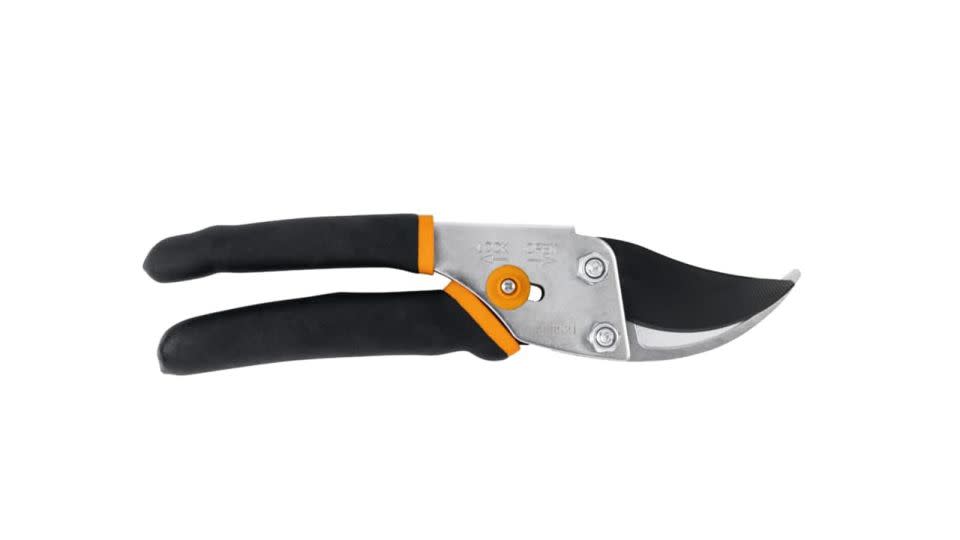
“Look for shears that feel like an extension of your own hand,” says Valenzuela. “You want something that fits your hand size, is comfortable to hold and is durable to last many years.” We recommend dealing with pesky stems and branches using these popular rust-resistant ambidextrous shears that also effortlessly tackle wood for plenty of functionality year-round.
Digz Women's Medium Nitrile-Coated Garden Gloves
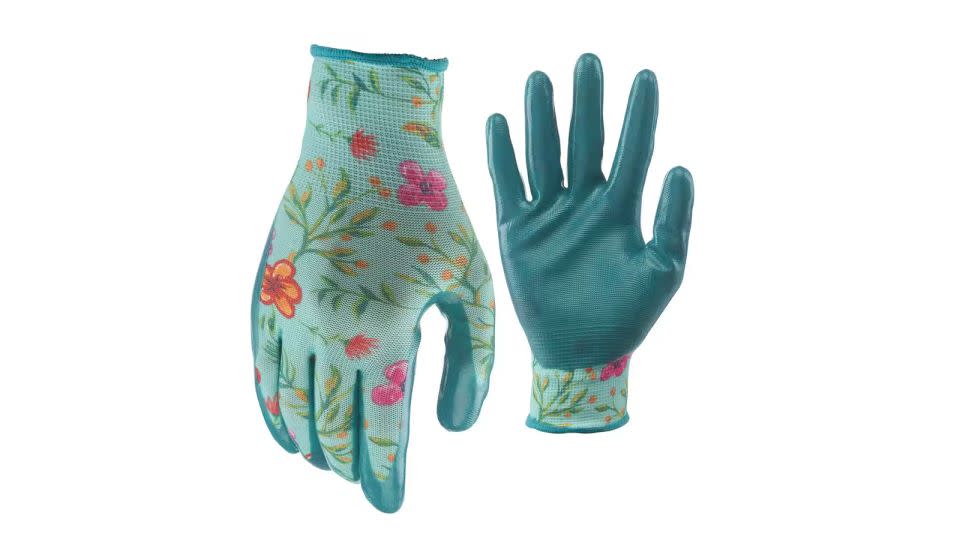
“Skip the bargain suede gloves and get a pair that feels good to put on,” says Valenzuela. She recommends gloves that offer your hands and nails protection from thorns, splinters and soil without sacrificing sensitivity. They should also allow plenty of hand movement so you can feel the earth as you work.
These lightweight garden gloves make for a solid option thanks to their nitrile coating that’ll resist chemicals and promote a stronger grip while working in a variety of moist environments. Plus, their pretty floral design allows you to truly dress the part.
Corona Kneeler Pad
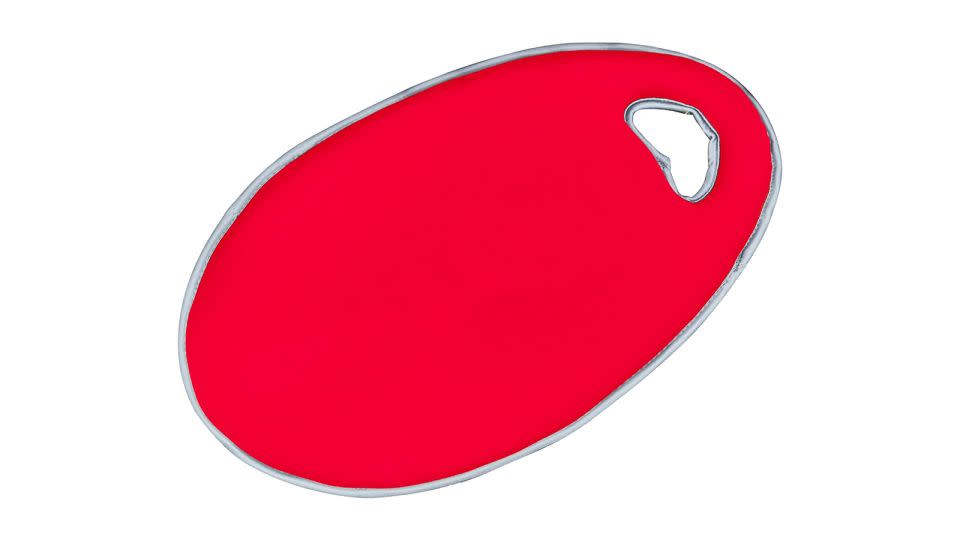
This expert-approved knee cushion provides some much-needed TLC for sensitive joints when kneeling in the garden for extended periods. It’s made of shock-absorbing EVA foam and waterproof neoprene for added comfort. It only comes in one color — a bold and bright red hue — but we think it’ll add even more life to your garden.
CobraHead Broadfork
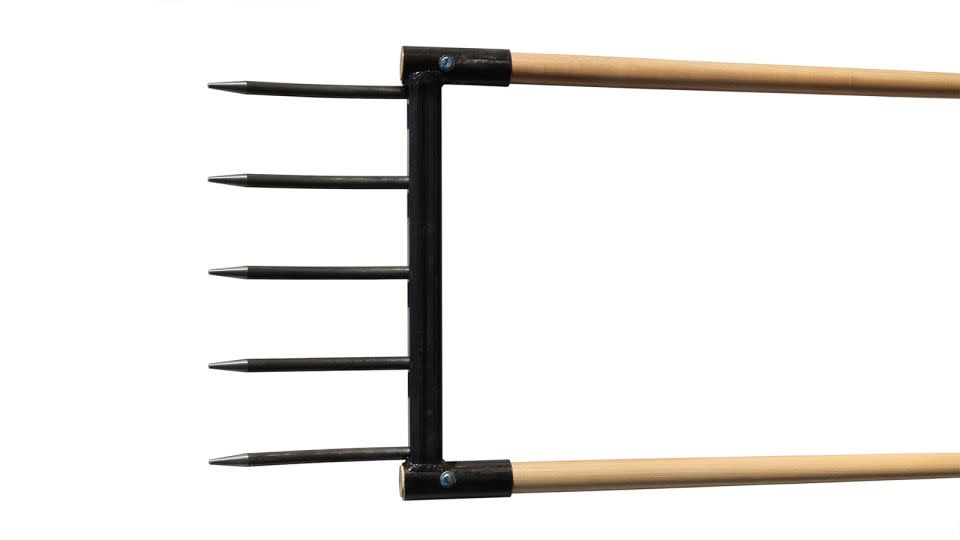
For no-till gardening, Myers recommends this broadfork with two handles. “The tines are pushed into the soil and the tool is rocked back and forth to loosen and aerate, and not turn the soil.”
Teknor Apex Neverkink 100-Foot Heavy-Duty Garden Hose
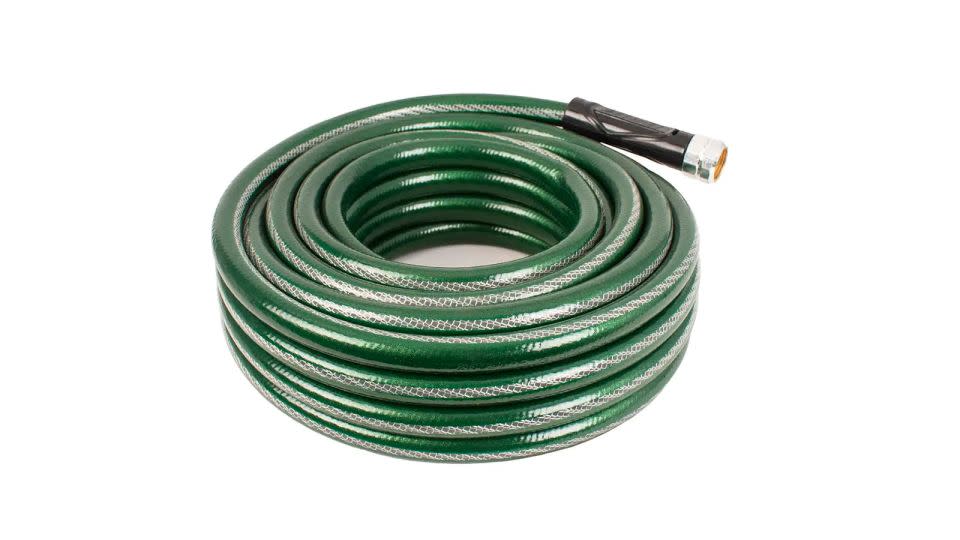
“A flexible yet sturdy hose is your garden’s best ally,” says Valenzuela. “You’ll want a good length that reaches all the plants you need to water and fertilize and durability to last a few years.”
With its standard 5/8-inch hose nozzle diameter, 100-foot reach to suit gardens of most sizes and scuff-resistant cover, this heavy-duty gardening hose should benefit gardeners of all levels. To extend the shelf life of your hose, Valenzuela recommends winterizing it (along with all watering equipment) at the end of gardening season.
Corona Hori Hori Garden Knife
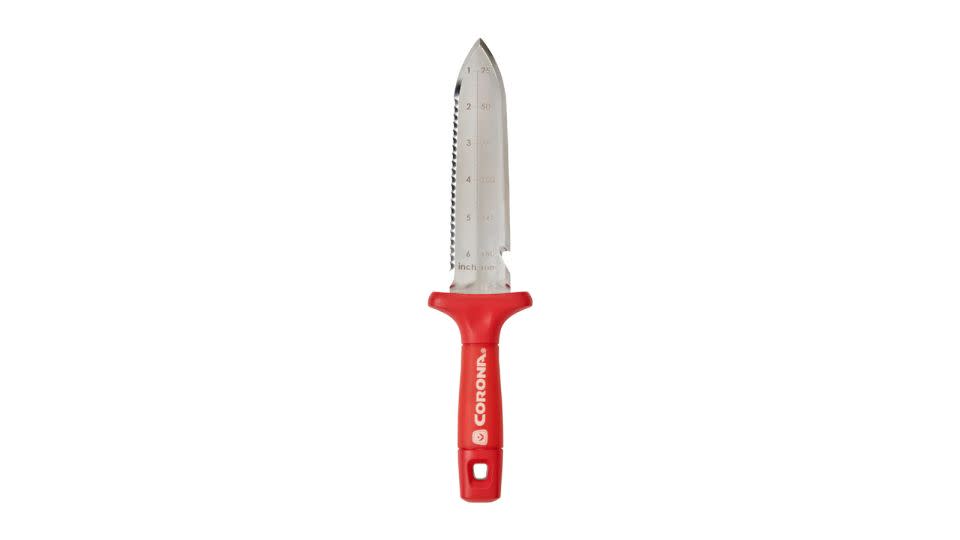
Whether you’re cutting through tree and shrub roots when digging a hole, cutting through grass when edging a portion of the garden bed, planting small bulbs or weeding your soil, Myers’ favorite Hori Hori knife will come in handy. “When I’m presenting to audiences and mention this is my favorite tool, gardeners who own one share how much they like it and most tell us they have several — I do as well,” she says.
Razor-Back PowerEdge Digging Shovel
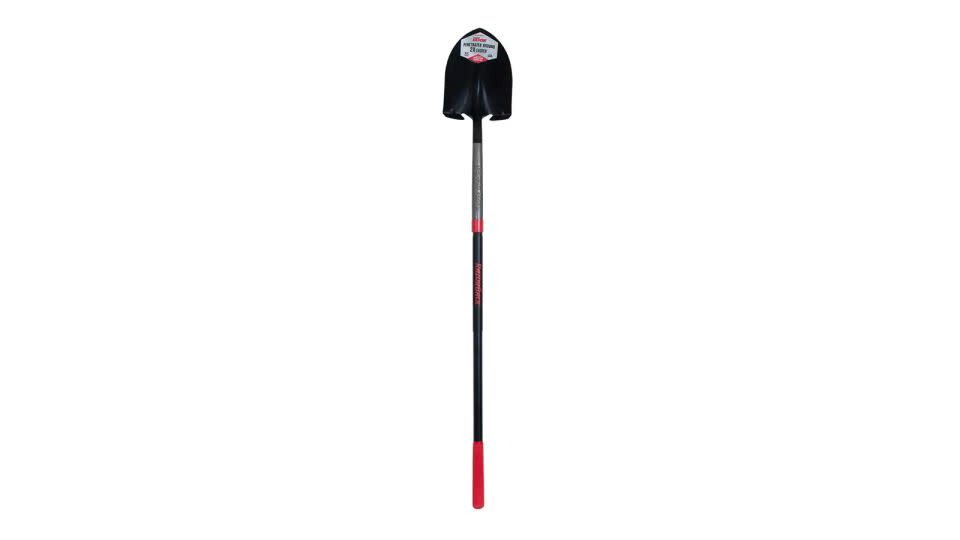
“Many gardeners use a roundpoint shovel that's designed for digging, cutting through soil and for turning soil,” Myers says. “I also like a shovel with a foot pad, which eases the pressure on your foot.” This top-rated option features a durable fiberglass handle and a sharp shovel blade for maximum digging power.
TRG Inc. Groundskeeper II Rake
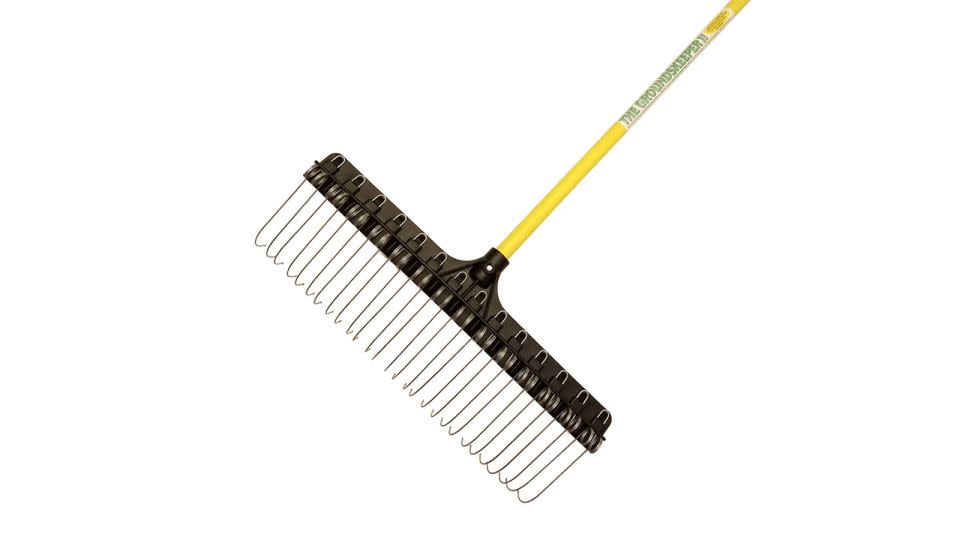
The trend now is to leave leaves in place to support pollinators; insulate soil for bumblebees, toads and frogs; and act as mulch-suppressing weeds to conserve moisture and improve the soil,” Myers says. However, a rake will certainly come in handy, from allowing you to turn the soil after cultivation to spreading compost over its surface to reaching under plants to remove debris.
Husky Stainless Steel Garden Trowel
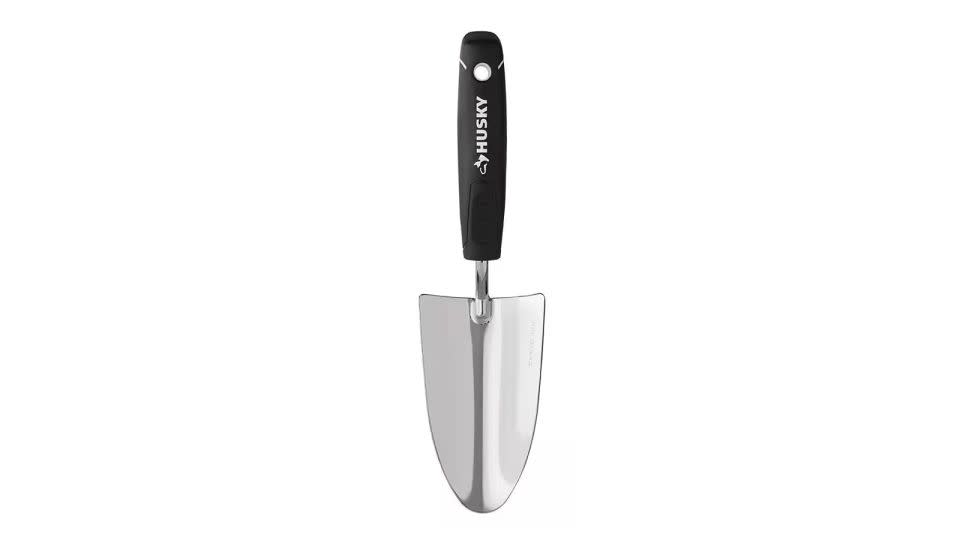
Myers says a trowel works wonders for planting flower and vegetable transplants and keeping them intact. This popular rust-resistant stainless steel option features a nonslip ergonomic handle and a 6-inch shovel to facilitate planting, digging and removing soil.
Corona Razortooth Folding Pruning Saw
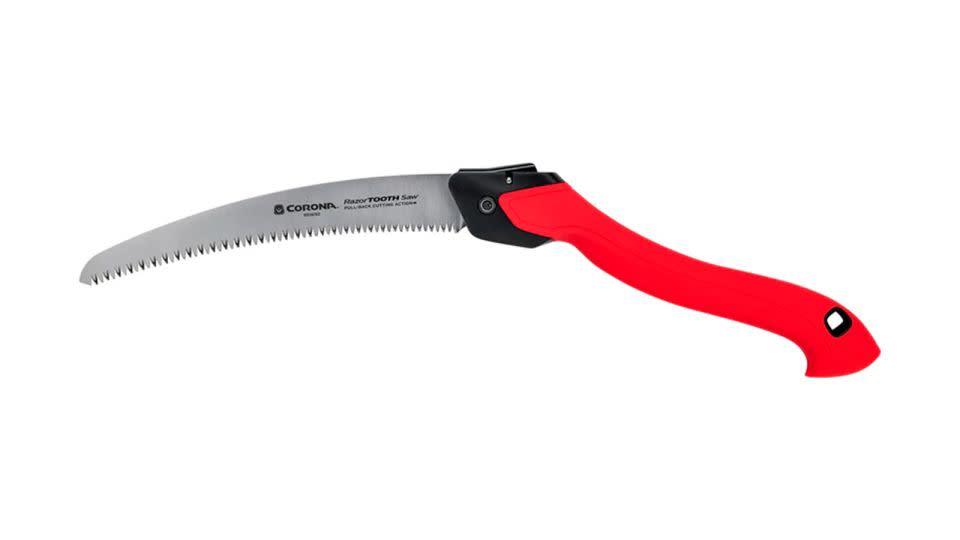
For those with shrubs and small trees to maintain, Myers recommends a foldable saw like this one with a non-slip ergonomic handle and razor-sharp teeth that cut more efficiently. “Save the big trees for certified arborists with the equipment and training to do the work safely,” she says.
When should you replace your gardening tools?
Quality tools should last for years or even decades when properly cared for, according to Myers. She recommends removing mud and rust from digging tools and plant sap from pruners to lengthen their lifespan and effectiveness.
Jabbour says replacement would depend on the type of tool. “If the wooden handle of a shovel, garden fork or hoe snapped or broke, I would try to find a replacement handle. If my hand tools were very corroded, I would replace them if I couldn’t remove the rust or damage.” Because the blades usually take the brunt of abuse on pruners, Myers says you can extend their life by replacing the blades.
To avoid having to replace your garden tools as often, take Jabbour’s lead by taking good care of them to begin with. Keep them clean, sharpen them, lubricate them as needed and store them in a dry place during the winter when not in use. While high-quality tools made from durable materials may cost a bit more up front, they’ll pay off in the long run because you won’t need to replace them as frequently.
Finally, selecting the right tool for the job to begin with is also important in maximizing their lifespan, according to Myers. “Lots of people damage the tool, make poor cuts or suffer muscle fatigue when using the wrong pruner for the job, for example by trying to cut a stem larger than the tool is designed to cut,” she says.
What is the most-used gardening tool?
While every gardener has their go-to tool, Jabbour loves her garden fork, collinear hoe and garden knife. “A garden knife, also called a Hori Hori knife, is a multi-use tool that can be used as a trowel for digging and planter, a weeder for removing stubborn weeds and as a cutting tool to divide perennial plants,” she says.
The blade of said garden knife also features a ruler to help gardeners plant seeds and bulbs at the appropriate depths, making it a wise investment for all gardeners. Myers says this type of knife is also her most-used gardening tool because “you can dig right next to the weed and pop it out with minimal disturbance to surrounding plants.”
What is the best tool to turn over your garden?
Jabbour prefers to opt for a garden fork for working the soil. “It makes loosening and adding soil amendments like compost quick and easy,” she says. She also relies on a long-handled cultivar when prepping garden beds for seeding and transplanting.
Myers adds that the no-till (no-dig) approach has “become popular as we discover its many benefits, such as an increase in organic matter, reduction in erosion and fewer weed seeds being moved to the surface.” For this method, she recommends a broadfork with wider tines that work well in tougher conditions, whether you’re for turning in compost or turning over the soil before the start of the season.
Note: The prices above reflect the retailers' listed price at the time of publication.
For more CNN news and newsletters create an account at CNN.com

